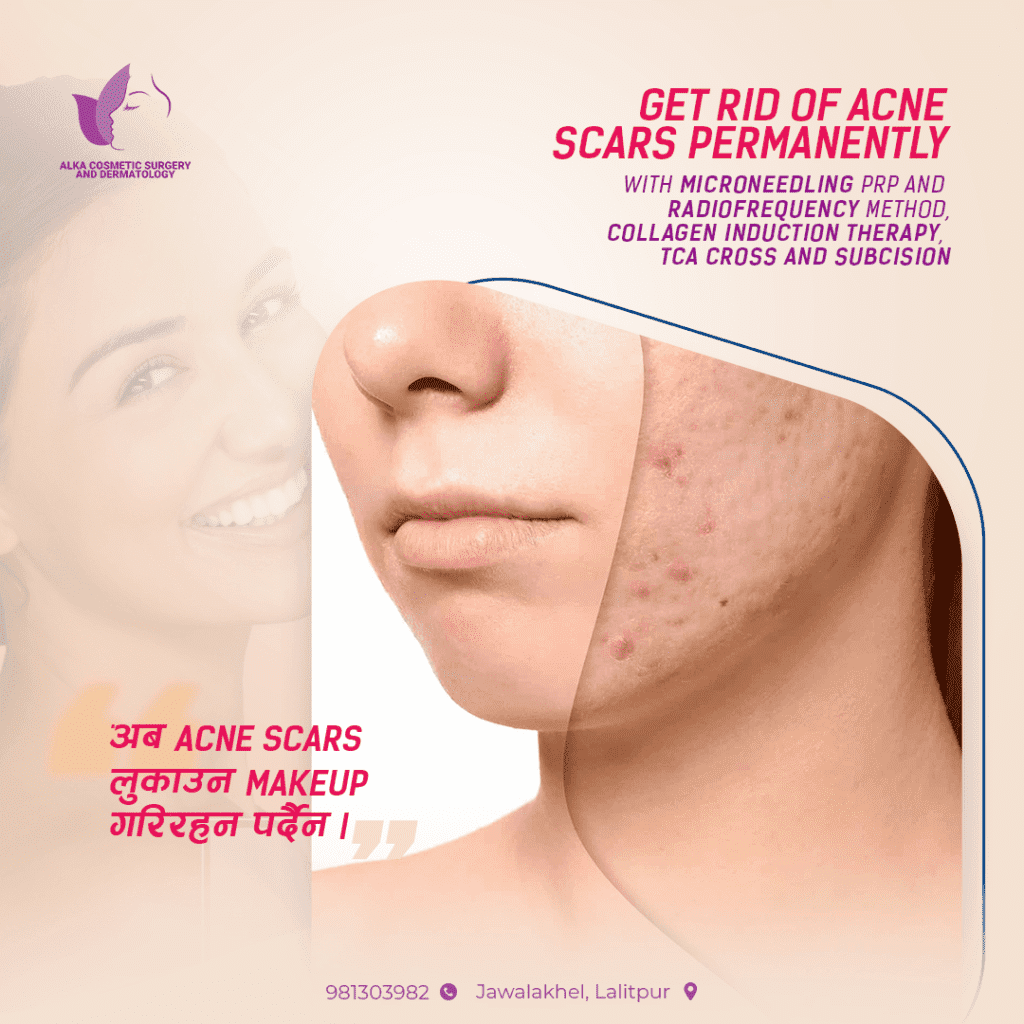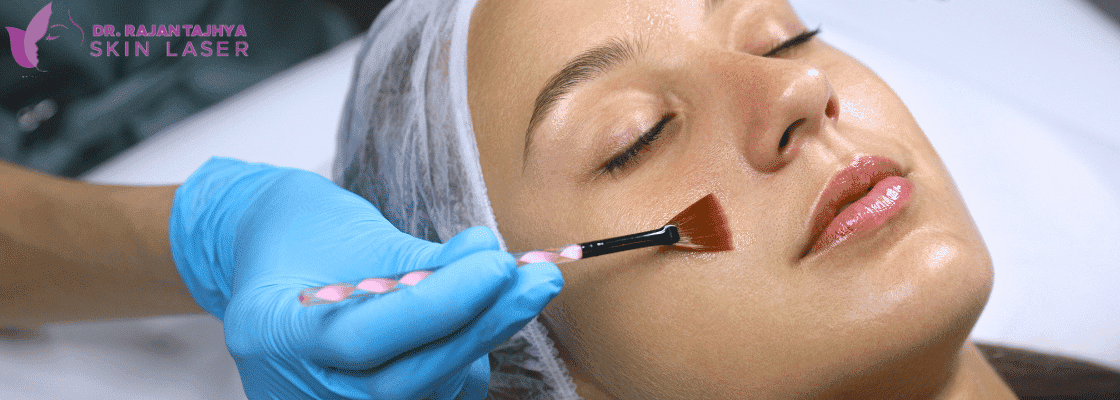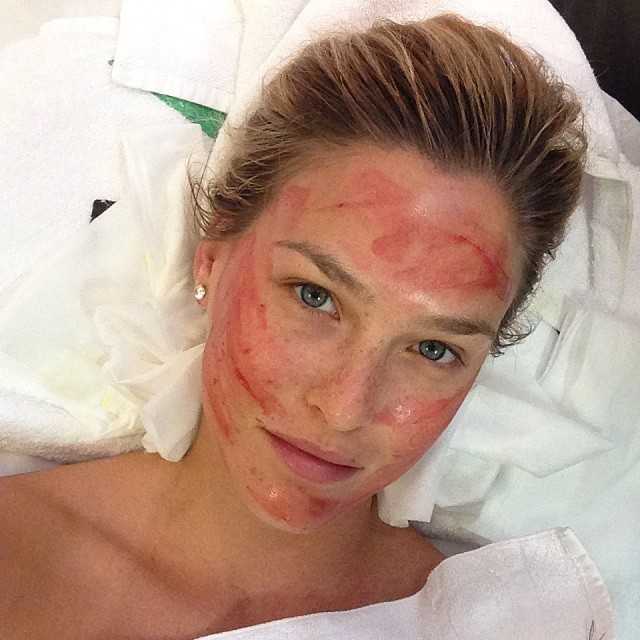
Acne Scar Treatment: Types, Causes, and Solutions
Acne is the most common dermatological problem experienced by people, mostly women and teens, due to hormonal fluctuations, which often result in scars due to lack of early diagnosis and cure.
People suffer psychologically, physically, and economically because of the acne scars while seeking proper acne scar treatment modalities for these scars.
Therefore, it is very important to manage inflammatory acnes as soon as possible and to implement the best medical protocols for effective acne scar treatment.
An acne lesion, or pimple, grows when bacteria, oils, and dead skin fill up an inflamed pore. Acne scars usually develop in two forms: one is when there is a loss of tissue in the skin or a scar, and the second is when a scar develops that is raised on the surface of the skin. Effective acne scar treatment can significantly improve the quality of life for those affected.
Types of acne scars
- Atrophic scars: flat, shallow depressions below the top layer of skin caused by loss of collagen from the skin. Types of atrophic scars;
- Icepick scar: common type of scar that occur as a result of acne healing process appearing as if skin has been pierced with a sharp object. Commonly appear in face, upper cheeks, forehead.
- Boxcar scars: broad, rectangular depressions with steep defined edges.
- Rolling scars: scars characterized by indentations that create a rolling or wavy look on skin surface with sloping edges of few mm.
Essential Dos and Don’ts for Acne Scar Treatment
Dos:
- Use a mild, non-abrasive cleanser.
- Apply a moisturizer regularly.
- Keep your phone and makeup brushes clean.
- Change and wash your pillowcases frequently.
- Establish a consistent sleep routine.
- Consult a dermatologist if you have concerns.
Don’ts:
- Overdo face wash
- Sleep in makeup
- Try new treatment every week
- Expose in extreme sun
Acne scar treatment:
- Chemical peel: Chemical peel is a painless cosmetic treatment. That uses botanical and physician-approved acids, such as alpha-hydroxy acids (AHAs), beta hydroxy acids (BHAs), and trichloroacetic acid (TCAs). The chemical solution can be used to remove layers of dead skin cells that have been damaged by the sun, surfaces with age spots, and discoloration. Peels are available in strengths ranging from mild to strong.

As the damaged layers are removed, your skin will appear younger, plumper, and brighter.
- Microneedling: in microneedling tiny needles are used to puncture the skin with acne scars. After puncturing the skin body produces new collagen. It is often used with another treatment like prp, chemical pel or radio frequency to get better results.
- PRP: platelet rich plasma(PRP) involves small amount of blood drawn from your body which is then centrifuged in a centrifuge machine to separate prp from the blood. Then the prp is injected or sprayed along with microneedling to rebuild collagen for hydrating and smooth skin.

- Subcision: it is a minimally invasive procedure that is commonly indicated for treatment of atrophic acne scars that have become stuck to the deeper tissue and bound down. It involves inserting a small needle into your skin to release the acne scar from underlying tissues. This allows your skin to rise and to diminish the appearance of the acne scar.
- CO2 fractionated laser: the laser beam from a co2 laser is divided up (fractionated) into thousands of very narrow shafts of lights which make tiny holes through the surface of the skin. As the skin heals this leads to the formation of new healthy collagen to tighten the sin and smooth the acne scars.
- TCA cross: TCA cross stands for Trichloroacetic Acid chemical reconstruction of skin scars. It is treatment of choice for ice pick acne scars. Depositing small amount of TCA directly into affected areas causes frosting (skin turns white) that leads to the formation of new collagen fibers that increases the height of the treated scars.
- Microneedling Radiofrequency (MNRF): also known as microneedling radio frequency. It’s an innovative cosmetic procedure that combines the benefits of two powerful treatments. By utilizing tiny needles to create microchannels in the skin. MNRF treatment stimulates collagen production and triggers the body’s natural healing response
Conclusion: Acne Scar Treatment: Types, Causes, and Solutions
Acne scars can be a persistent reminder of past breakouts, but understanding their types and available treatment options is crucial for effective management. From atrophic scars like icepick and boxcar scars to innovative treatments such as chemical peels, microneedling, and laser therapies. There are various ways to improve skin texture and appearance. By following proper skincare routines and consulting with dermatological professionals, individuals can take proactive steps toward achieving clearer, smoother skin. Remember, patience and consistency are key in the journey to reducing acne scars and enhancing overall skin health.